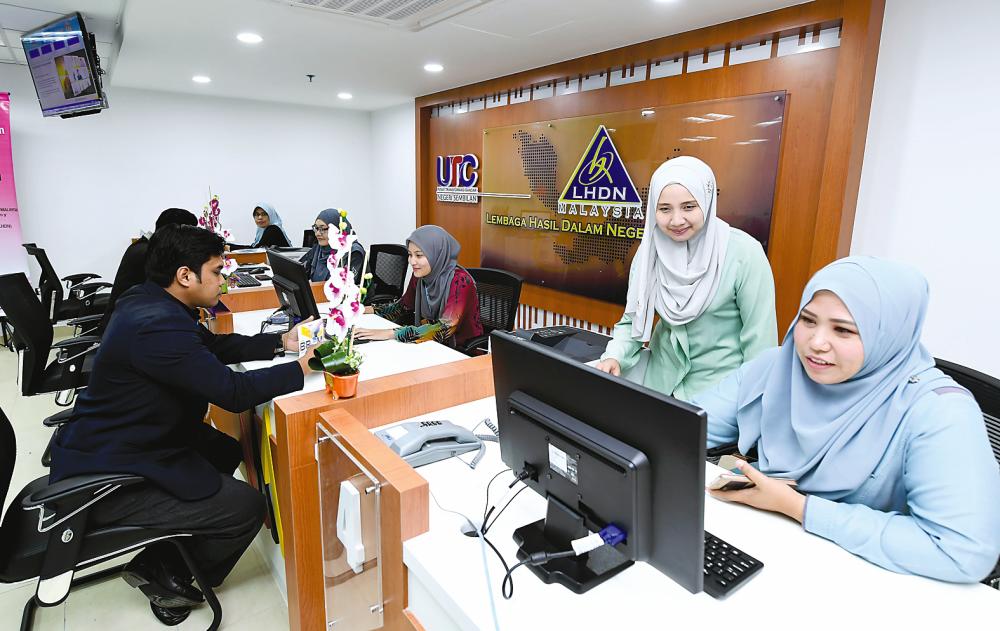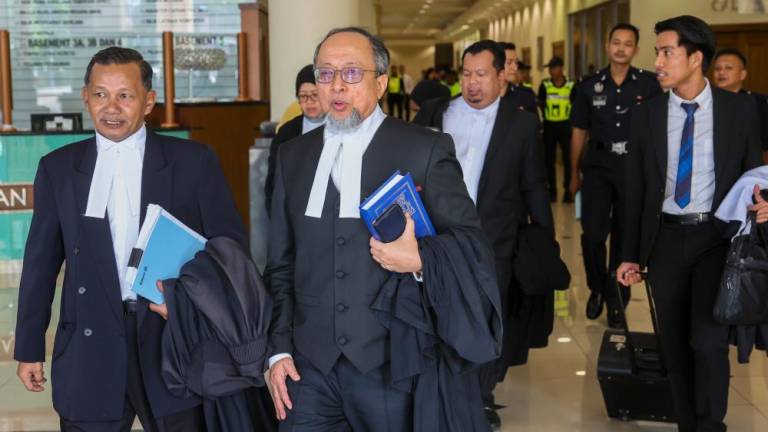ALL business enterprises except for sole proprietorships which undertake intercompany transactions have now a greater burden to disclose more details of their transfer pricing to the Inland Revenue Board (IRB) in the 2022 tax returns.
The 2022 tax return requires the taxpayer to disclose the total financial information relating to all the transfer pricing transactions with related parties.
This includes payments and receipts relating to sales, purchases, royalties, management fees (administrative, marketing, training, and other shared costs), advertising and promotion, tangible assets, research and development, rental/lease of assets, loans to and from related parties, guarantee fees, sale of intellectual properties, and any other income or expenditure or capital receipts or payments. You cannot avoid disclosing the financial figures relating to the related parties. There is full transparency to the IRB.
The tax return places the burden on the taxpayer to self-characterise the business activity it carries out: A manufacturer must state whether he is a full-fledged manufacturer, toll manufacturer, contract manufacturer, etc. The risk here is, if the IRB disagrees with the characterisation, there is a possibility that your transfer prices will be challenged.
It is absolutely important that you complete this section as accurately as the information should be supportable with your transfer pricing documentation/ underlying evidence.
What is the consequence of full transparency?
Business enterprises which undertake related party transactions must meet the arms-length test. The taxpayer must be able to prove that the related party transaction is comparable to transactions undertaken between independent parties in the open marketplace.
In the event the transfer prices do not meet the arm’s length test, the IRB has the power to adjust the transfer prices and bring the additional income to tax and impose a surcharge up to 5% on the gross adjustment.
The transparency of the data allows IRB carry out comparability analysis with independent competitors in the same sector or industry. The additional information now requested in the 2022 tax returns such as the requirement to characterise the taxpayer’s business will enhance IRB’s ability to pick up taxpayers for an audit where they suspect that the selected taxpayer is out of sync with the sector/industry.
Whether to prepare transfer pricing documentation or not
There is a belief amongst some taxpayers that certain groups undertaking intercompany transactions need not prepare transfer pricing documentation. This confusion arises because the Transfer Pricing Guidelines state that full documentation is not required if the turnover does not exceed RM25 million, intercompany transactions does not exceed RM15 million, or financial assistance provided do not exceed RM50 million.
However, throughout the guidelines, the IRB use the phrase “encouraged to prepare” even in the event there is an adjustment in an audit which does not result in additional taxes. In the same document, if you fall below the above threshold, IRB recommends that you prepare simplified documentation.
As far as the law and the rules are concerned, there is no exception for preparing transfer pricing documentation for intercompany transactions. With the introduction of the 5% surcharge in 2020 which will be imposed regardless of any additional taxes arising from an adjustment, it has become very clear that there is an absolute need to prepare transfer pricing documentation to defend your transfer prices. Without proper transfer pricing documentation, you will be left at the liberty of the IRB to make the necessary adjustments.
What is the way forward?
For the smaller groups complying with the transfer pricing requirements, it is a big burden. It is high time that the policymakers consider excluding smaller groups, perhaps with turnover of less than RM10 million, from the need to prepare transfer pricing documentation. However, where the tax authorities have reasons to believe that such small groups may have abused the law, they can invoke the anti-avoidance provisions to investigate them.
This article is contributed by Thannees Tax Consulting Services Sdn Bhd managing director SM Thanneermalai (www.thannees.com).













